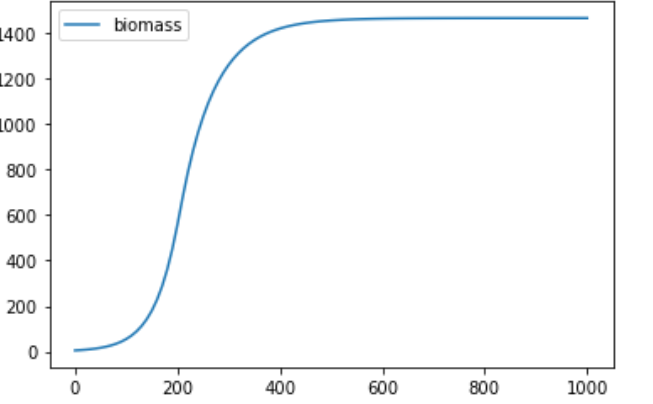Issues concerning the environment aren't as simple to solve as they seem. Scientists could come up with solutions to specific problems, like climate change, but there is more to it. Just coming up with solutions doesn't get the job done. Laws have to come into play as well as community involvement so that these laws are being enforced. This is where interdisciplinary research comes into play. There are so many ways that people could do their part to combat issues concerning climate change. Scientists can use technology to run tests and experiments to find the most effective way to solve these issues. Politicians could install laws into place that could protect vulnerable areas around the country, and journalists could ensure that the gravity of these issues is being made aware to the public. These types of concepts tie into the importance of interdisciplinary research because multiple points of view are needed to solve and analyze issues from different perspectives. During this program, I have had the opportunity to work with Erin and Laura. Erin is on the anthropology team, and Laura is on the biology one. Each of their projects is going to make important contributions toward analyzing issues concerning the local watershed.
Erin has been a great help by providing me with some contacts that were used to spread more awareness about my survey. Being on the psychology team has made me realize that it comes with a lot of complications. Getting the attention of people has been difficult, so it's important to spread the word about my project to as many people as I can. Erin gave me the contact name of a reporter that was able to make a story article about my project and publish it in the Colfax Messenger and the Glenwood City Tribune. This publication would allow me to reach a different audience other than the Menomonie community. This publisher was also able to give me advice on who else to contact so that I could make even more connections with farmers. The reporter even sent the information about my survey to the people that control the Colfax Red Cedar Preserve and Recreation Area Facebook page, so that my survey could also be posted there. This just shows how communicating and working with others allows for the opportunity to meet other people and make connections.
Laura is using GIS (Geographical Information Systems) to determine the areas of cropland that have the greatest potential for nutrient runoff, and how this could be used to find the best areas for conversion of grassland. One aspect of my project has to do with specific management practices that farmers choose to implicate on their farms and the number of farmers that do these things around the area. Transect survey data can be used to get a sense of what percentage of farmers in the watershed are currently doing certain management practices. Laura and I were talking about these practices and how cool it would be if GIS created maps that showed the different management practices that are being used by different farmers. This work would certainly be complicated but it would help provide people with a visual of what farmers in their community are doing. All of our projects tie to issues concerning the watershed in different ways. Using our own experiences and things we have learned to help each other is what's going to allow us to have stronger projects.














